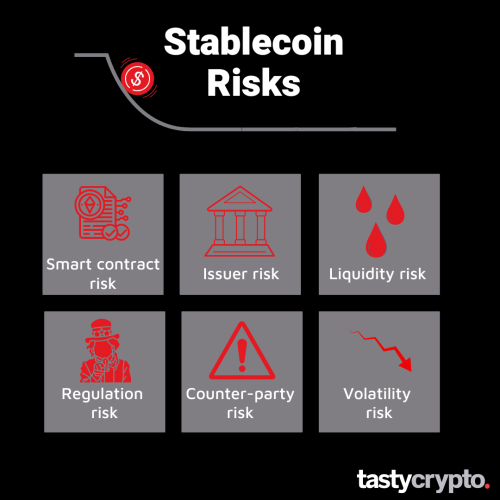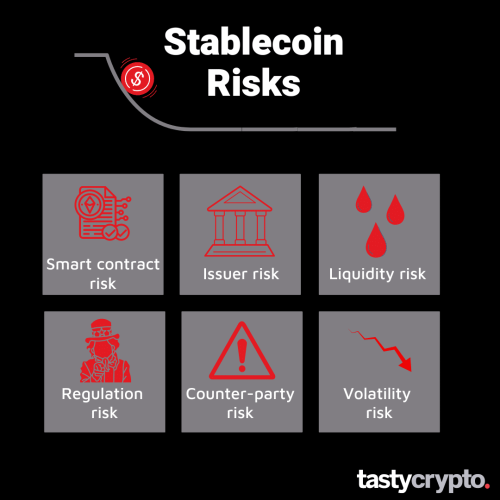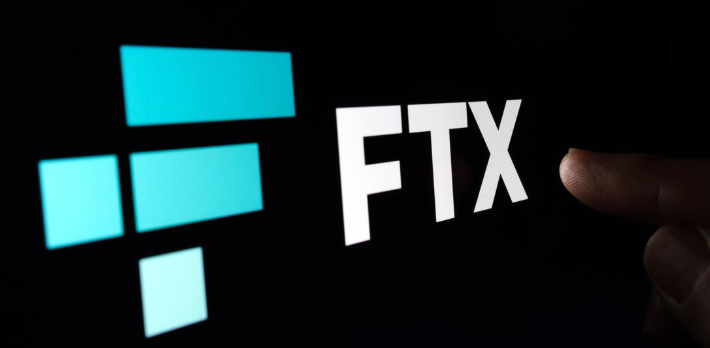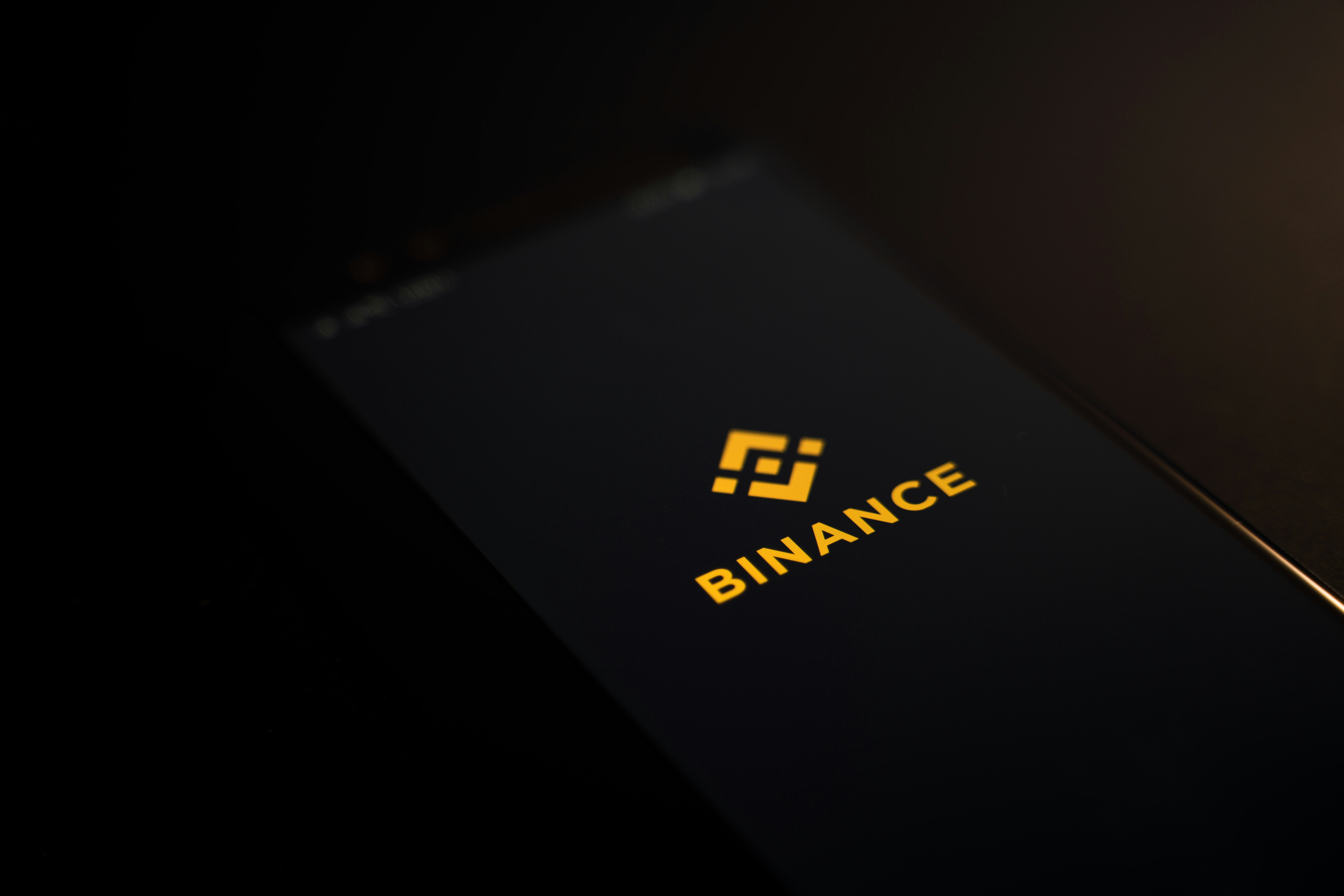What Risks Are Associated with the Collateral Backing of Stablecoins?
July 21, 2025 | by bestcrypto

A risk associated with the collateral backing of stablecoins is the potential for the underlying assets to lose value, become illiquid, or be mismanaged, which can lead to the stablecoin losing its peg to the currency it’s supposed to represent.

Stablecoins are often seen as the bridge between the volatile world of cryptocurrencies and the stability of traditional fiat currencies like the US dollar. The idea is simple: one stablecoin equals one unit of a fiat currency, backed by reserves. This promise of stability is what makes them attractive for trading, lending, and everyday transactions in the crypto space. However, this stability is only as strong as the collateral that backs them, and there are several inherent risks that users and investors need to be aware of.
Understanding the Collateral
Before diving into the risks, let’s quickly recap how stablecoins are typically collateralized:
•Fiat-backed: These are the most common, like Tether (USDT) and USD Coin (USDC). They claim to hold an equivalent amount of fiat currency (or cash equivalents, commercial paper, etc.) in traditional bank accounts for every stablecoin issued.
•Crypto-backed: These stablecoins use other cryptocurrencies (often overcollateralized to account for volatility) as their reserve. MakerDAO’s DAI is a prime example.
•Commodity-backed: Less common, these are backed by physical assets like gold.
•Algorithmic (uncollateralized): These stablecoins attempt to maintain their peg through algorithms that adjust supply and demand, without direct collateral. The spectacular collapse of TerraUSD (UST) highlighted the extreme risks of this model.
Our focus here is primarily on the collateralized stablecoins, as their risks are directly tied to the quality and management of their backing assets.
Key Risks Associated with Collateral Backing
1. Reserve Quality and Transparency
This is arguably the biggest and most frequently discussed risk. For fiat-backed stablecoins, the quality of the assets held in reserve is paramount. Are the reserves truly 1:1 with the stablecoins in circulation? Are they held in highly liquid, low-risk assets like cash and short-term government bonds, or are they in riskier, less liquid assets like commercial paper or corporate debt?
•Lack of Audits/Transparency: Many stablecoin issuers have faced criticism for not providing regular, comprehensive, and independent audits of their reserves. Without clear transparency, it’s hard for users to verify if the stablecoin is truly backed as claimed.
•Risky Assets: If reserves are held in assets that are not truly equivalent to cash, they can be subject to market fluctuations, credit risk, or liquidity risk. If these assets lose value, the stablecoin could become undercollateralized, leading to a de-peg.
2. Liquidity Risk
Even if the collateral is of high quality, there’s a risk that the issuer might not be able to convert it into fiat currency quickly enough to meet large redemption requests. This is akin to a
traditional bank run. If a large number of stablecoin holders try to redeem their tokens for fiat at the same time, and the issuer cannot liquidate their collateral fast enough, the stablecoin could temporarily or permanently lose its peg.
3. Counterparty Risk
For fiat-backed stablecoins, the collateral is often held by third-party financial institutions (banks, custodians). This introduces counterparty risk – the risk that these institutions might default, become insolvent, or face regulatory issues, thereby jeopardizing the stablecoin’s reserves. Even for crypto-backed stablecoins, if the collateral is held in a centralized smart contract or by a centralized entity, there’s a risk of hacks or mismanagement.
4. Regulatory Risk
The regulatory landscape for stablecoins is still evolving. Governments and financial authorities worldwide are increasingly scrutinizing stablecoins due to their potential impact on financial stability, consumer protection, and illicit finance. New regulations could impose stricter requirements on collateral, audits, or operational procedures, which could impact the stablecoin’s operations, liquidity, or even its ability to maintain its peg. A sudden regulatory crackdown could also trigger a loss of confidence and a de-peg event.
5. Smart Contract and Operational Risk
For stablecoins that rely on smart contracts (especially crypto-backed or algorithmic ones), there’s always the risk of bugs, vulnerabilities, or exploits in the code. A flaw in the smart contract could lead to the loss of collateral or the inability to maintain the peg. Operational risks, such as human error, cybersecurity breaches, or system failures at the issuer’s end, can also compromise the integrity of the stablecoin’s backing.
6. De-pegging Events
Ultimately, all these risks can culminate in a
de-pegging event, where the stablecoin loses its 1:1 value with the asset it’s supposed to track. While some de-pegs are temporary and quickly resolved, others can be severe and lead to significant losses for holders, as seen with the TerraUSD collapse.
Conclusion
Stablecoins offer a compelling solution for bringing stability to the volatile crypto markets, but their promise is intrinsically linked to the strength and reliability of their collateral backing. Understanding the risks associated with this collateral, from transparency and liquidity issues to counterparty, regulatory, and operational vulnerabilities, is crucial for anyone engaging with stablecoins. As the stablecoin market continues to grow, robust regulation, transparent reporting, and diligent risk management by issuers will be paramount to ensuring their long-term stability and trustworthiness. For users, a healthy dose of skepticism and thorough due diligence are always advisable.
FAQs
Q: What does it mean for a stablecoin to “de-peg”?
A: A de-peg occurs when a stablecoin’s market value deviates significantly from the value of the asset it is supposed to be pegged to (e.g., $1 for a USD-pegged stablecoin). This can happen if there are doubts about the collateral, liquidity issues, or other market stresses.
Q: Are all stablecoins backed by the same type of collateral?
A: No. Stablecoins can be backed by various types of collateral, including fiat currencies (like USD), other cryptocurrencies, or even commodities like gold. Some stablecoins are also algorithmic, meaning they attempt to maintain their peg through supply and demand mechanisms without direct collateral.
Q: Why is transparency about stablecoin reserves important?
A: Transparency about reserves allows users and regulators to verify that a stablecoin is indeed fully backed by the assets it claims to hold. Without regular, independent audits and clear reporting, there’s a risk that the stablecoin might be undercollateralized, which could lead to a de-peg.
Q: Can stablecoins be affected by traditional financial market events?
A: Yes, especially fiat-backed stablecoins. If the assets backing them (like commercial paper or government bonds) are held in traditional financial institutions, they can be exposed to risks such as interest rate fluctuations, credit risk, or even bank runs in the traditional financial system. This can impact the stablecoin’s ability to maintain its peg.
Q: What happened with TerraUSD (UST)?
A: TerraUSD (UST) was an algorithmic stablecoin that attempted to maintain its peg through a complex mechanism involving another cryptocurrency, LUNA, rather than direct collateral. In May 2022, a combination of market pressures and a flaw in its design led to a rapid and severe de-peg, resulting in its collapse and significant losses for investors. This event highlighted the inherent risks of uncollateralized or algorithmically-backed stablecoins.
Disclaimer: Not Financial Advice
RELATED POSTS
View all


